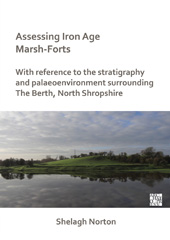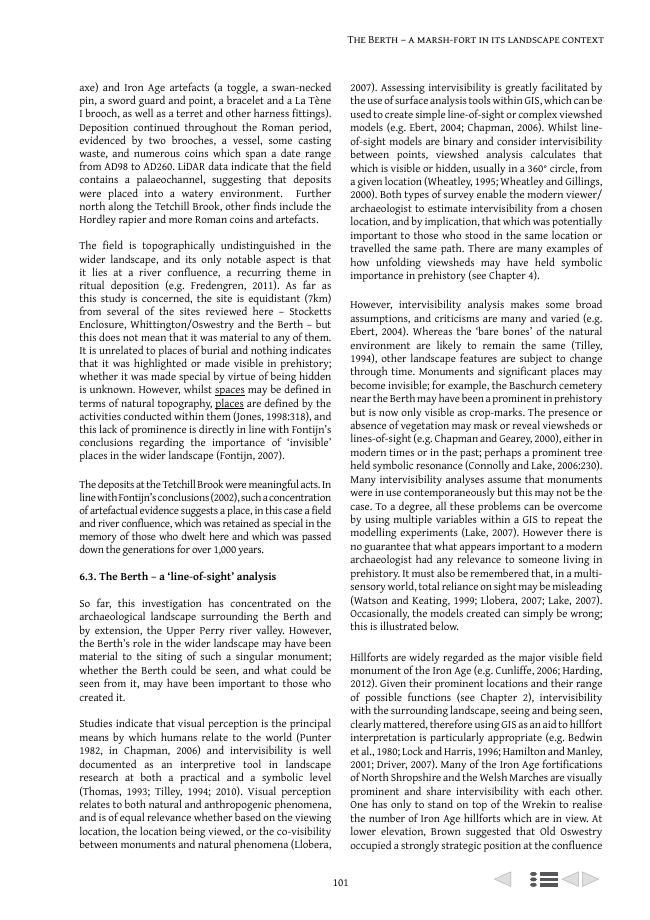Assessing Iron Age Marsh-Forts : With Reference to the Stratigraphy and Palaeoenvironment Surrounding The Berth, North Shropshire
234 p.
Iron Age marsh-forts are large, monumental structures located in low-lying waterscapes. Although they share chronological and architectural similarities with their hillfort counterparts, their locations suggest that they may have played a specific and alternative role in Iron Age society. Despite the availability of a rich palaeoenvironmental archive at many sites, little is known about these enigmatic structures, and until recently, the only acknowledged candidate was the unusual, dual-enclosure monument at Sutton Common, near Doncaster.sing Iron Age Marsh-Forts considers marsh-forts as a separate phenomenon within Iron Age society through an understanding of their landscape context and palaeoenvironmental development. At the national level, a range of Iron Age wetland monuments has been compared to Sutton Common to generate a gazetteer of potential marsh-forts. At the local level, a multi-disciplinary case-study is presented of the Berth marsh-fort in North Shropshire, incorporating GIS-based landscape mode
lling and multi-proxy palaeoenvironmental analysis (plant macrofossils, beetles and pollen).esults of both the gazetteer and the Berth case-study challenge the view that marsh-forts are simply a topographical phenomenon. These substantial Iron Age monuments appear to have been deliberately constructed to control areas of marginal wetland and may have played an important role in the ritual landscape.
Special access authorizations may apply; please contact us for further information.
-
Información
ISBN: 9781789698640
MATERIAS
KEYWORDS
- Iron Age, Shropshire, The Berth, Environmental archaeology, stratigraphy, Marshland, Waterscapes



